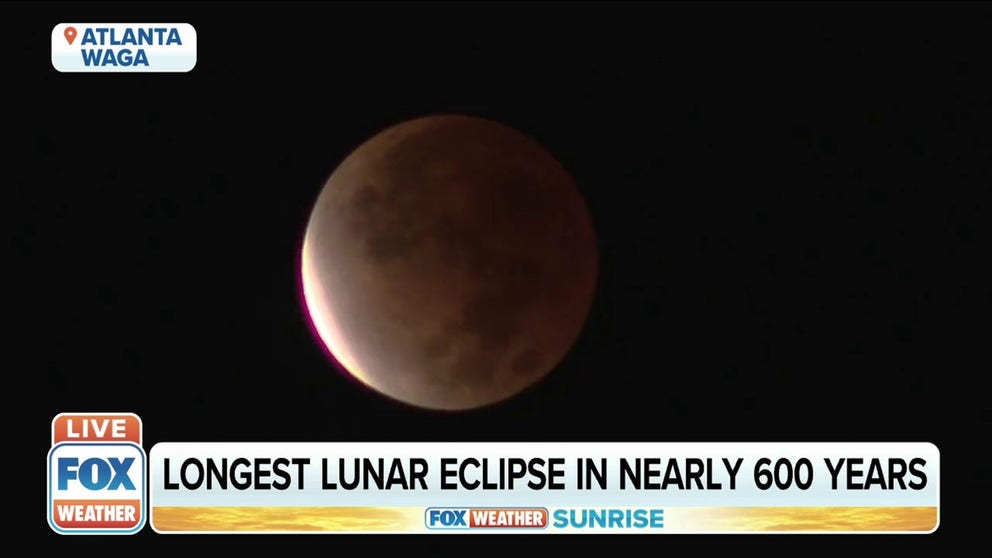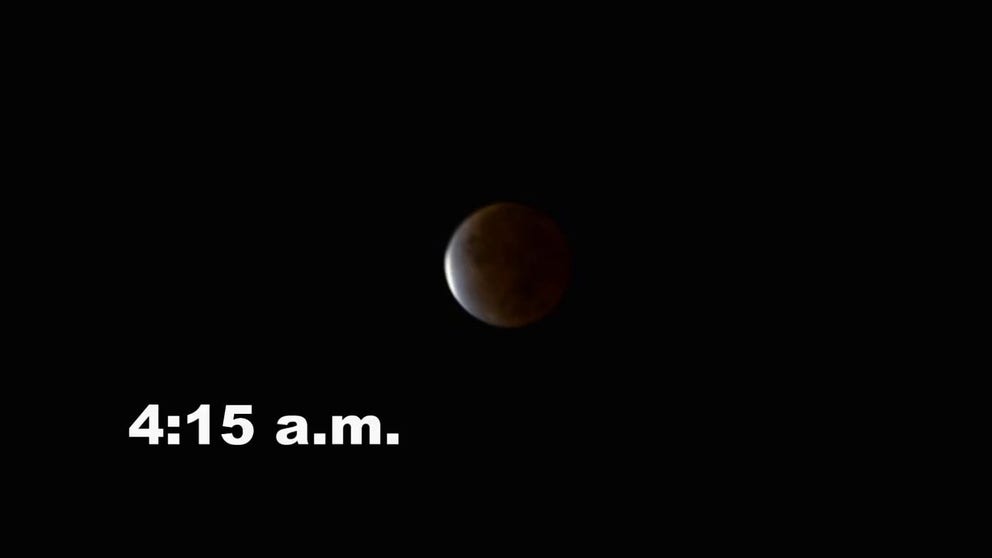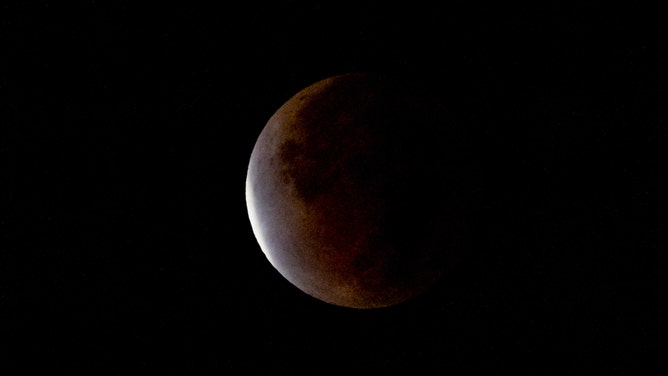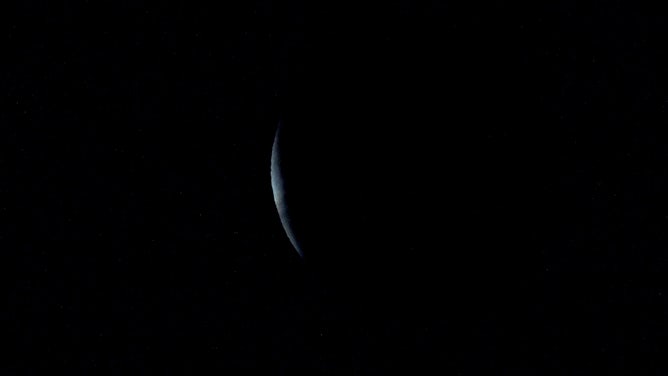Stargazers capture longest partial lunar eclipse since 1440
It took 3 hours, 28 minutes and 23 seconds for the moon to slip behind the Earth's shadow and was the longest partial lunar eclipse in a millennium
Longest lunar eclipse in nearly 600 years seen across the world
Did you catch it?! The partial lunar eclipse occurred Thursday night and saw its peak earlier Friday morning. Check out these pictures coming in from the event.
Stargazers, did you catch it? The longest partial lunar eclipse in nearly 600 years occurred Thursday night and with its peak early Friday morning.
A partial lunar eclipse happens as the moon slips behind the Earth's shadow, and, in this case, only a sliver of the moon was visible during totality or peak eclipse. Those in North America, as well as large parts of South America, Polynesia, eastern Australia, and northeastern Asia, were able to view the phenomenon, NASA said.

The longest partial lunar eclipse in 580 years seen from the city of Bogota, Colombia on November 19, 2021.
(Daniel Garzon Herazo / Getty Images)
This particular one took 3 hours, 28 minutes and 23 seconds and was the longest partial lunar eclipse in a millennium. The partial lunar eclipse was also nearly a full eclipse with 97% of the moon in shadow at the maximum eclipse.
According to NASA, there hasn’t been a longer partial lunar eclipse since Feb. 18, 1440 (3 hours, 28 minutes, 46 seconds) and it will remain the longest partial lunar eclipse for 648 years until Feb. 8, 2669 (3 hours, 30 minutes, and 2 seconds).
There will be a longer total lunar eclipse on Nov. 8, 2022.
Nathan Pace posted this footage showing nearly the whole moon eclipsed from his vantage point in Linton, Indiana.
Footage shows progression of partial lunar eclipse in Indiana
Stargazers in the United States marveled at the night sky in the early hours of Nov. 19 as the longest partial lunar eclipse in hundreds of years began. Nathan Pace posted this footage showing the moment from his vantage point in Linton, Indiana.
According to NASA, the Moon turns red during a lunar eclipse because the only sunlight reaching the Moon passes through Earth’s atmosphere. The more dust or clouds in Earth’s atmosphere during the eclipse, the redder the Moon will appear.
Here was the view in Charlotte, North Carolina.
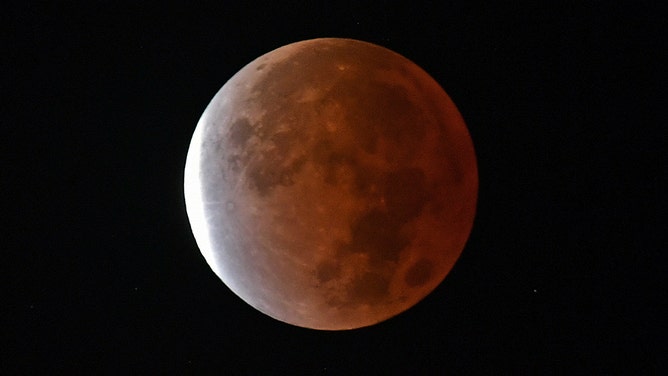
A partial lunar eclipse, the longest in 580 years, was observed in Charlotte, NC, on November 19, 2021.
(Peter Zay / Getty Images)
Jim Simpson took this series of photographs in Smith Point, New York.
Here's a look over Lower Manhattan and the Brooklyn Bridge.
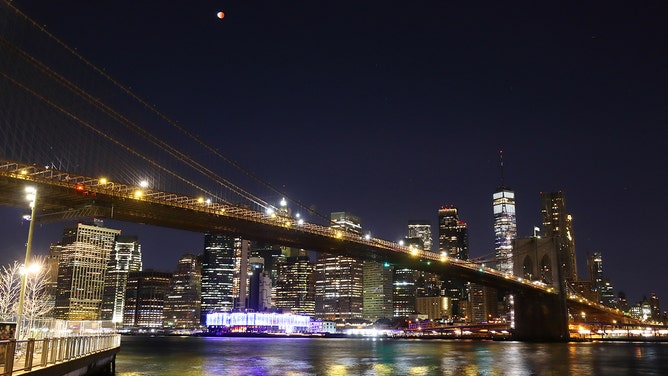
The Beaver Moon turns red during a partial lunar eclipse over lower Manhattan and the Brooklyn Bridge on November 19, 2021, in New York City.
(Gary Hershorn / Getty Images)
